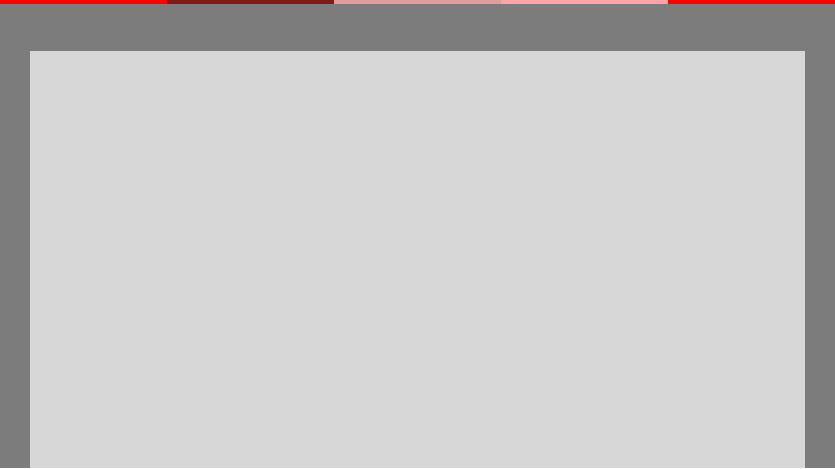



All texts copyright Richard Shillitoe
the occultist:
sacred geometry
Geometric forms have always been of interest to magicians who hold that,
within their shapes, numbers, proportions and interrelationships, they can
hold truths about the nature of the universe.
Interest extends from the simplest components of form – the point, the
straight line and the circle – via their derivatives, such as the square, the
cross and the sphere, to the set of five regular convex solids which can be
circumscribed by a sphere, the so-called Platonic solids
Colquhoun’s interest in the Platonic solids is evidenced by her writings. In
an unpublished essay “Dimensional Interrelations: a Meditation on the
Platonic Solids” she described a method of analysing these figures. She
noted too that their proportions frequently contain the golden section and
that each could be associated with a traditional element: the octahedron,
for example can be associated with elemental Air (and the colour yellow)
whilst elemental Water (and the colour blue) can be associated with the
dodecahedron. Her attention was particularly focused on the cube, a three
dimensional figure associated with elemental Earth and the colour black.
An important source of the range of hermetic knowledge that is contained within the cube lies in the “Sefer
Yetzirah”, an early book of Jewish mysticism. Translated into English by Westcott, one of the founders of the
Golden Dawn, it was a primary source for the Order’s Knowledge Lectures. (1) In the “Sefer Yetzirah” the
universe is represented as a cube. Occultists mapped onto the planes, edges and diagonals of the cube a vast
repertoire of signs and symbols. This ‘Qabalistic Cube of Space’, contains in its structure, for example, the
number four (sides) and the number three (dimensions). Its six faces, together with the interior centre point,
can be assigned to the seven double letters of the Hebrew language and the seven planets. Its twelve
boundary lines can be assigned to the twelve zodiacal signs and the twelve single Hebrew letters. The six
faces, eight corner points and twelve boundary lines make a total of twenty-six, the numerical value of
YHVH, the Tetragrammaton. Similarly, the taro trumps, the paths of the Tree of Life, the houses of the zodiac
and many other attributes and symbols can be plotted onto the cube. It can be regarded as a symbol of the
philosopher’s stone; the completion of the Great Work of the alchemists, and the Perfect Ashlar of the
Freemasons. Meditation on these properties would expand the magician’s network of esoteric associations
and develop fresh insights and understanding.
Colquhoun must have spent hours in such meditation, and also in related practical experimentation. She
became particularly intrigued by the shapes that are made when a two dimensional figure is folded into a
three dimensional form, and when a three dimensional figure is opened out and becomes two-dimensional
again. A square, projected or developed into three dimensions, becomes a cube with six faces. A paper cube,
opened and flattened, becomes a Latin cross of six squares. A cross can be easily drawn on card or squared
paper and then folded into a three-dimensional cube. Taking this further, in one’s imagination, perhaps a
three-dimensional cube can be folded into a four-dimensional hypercube, the so called tessaract. This is the
logic of the watercolour Towards the Tessaract (1978) in which the additional dimension is hinted at partly
by ambiguity in the perspective drawing and partly by the use of transparent colour washes. In a number of
other works with multi-dimensional ambiguities Colquhoun placed a human figure within the confines of the
cube, suggesting the place of Man in the cosmos.
The triangle is a traditional hermetic symbol. A triangle with the point uppermost, painted red, is the
triangle of fire and light. It is male and symbolizes spiritual aspiration. A triangle with the point downward,
coloured blue, is the triangle of water. It is a symbol of the feminine and represents intuition and the
unconscious mind. The superimposition of two triangles makes the Seal of Solomon. This can be seen in
Volcano (1972), which also deals with elemental fire and water. Colquhoun wrote that the Seal is ‘the symbol
of spirit manifested in matter, of God united with Man, the inner spiritual life with the outer practical life
and the male united with the female, becoming the power that liberated Man’. She also made the comment
that the Seal joins the fallen Adam with Sophia, showing that the work of rebirth and unification has been
completed.
For a short period during the early 1950s, Colquhoun’s interest in geometry included a specifically Christian
aspect. It is evident in the works she planned for the murals at Maze Hill church, such as Crucifixion
(c.1953), and in the delightfully titled Crucifixion with Cruets (1952), painted on a ceramic tile. (2) These
works consist of geometric forms, especially squares and circles. In common usage, the circle is a symbol of
the infinite. Because it has no end and no beginning, it has come to be regarded as perfect and
representative of the divine. The square, with its links to the cardinal points and the four elements,
represents earthly things and is often used to stand for mankind. Combining the two as Colquhoun does,
signifies, for example, the reconciliation of the heavenly and the infinite with the earthly and the man made.
The consequence is harmony and the elimination of imperfection. Having said that, she was not above using
the same imagery for an entirely secular purpose. The Game of the Year (1953) was painted for the Football
and the Fine Arts competition organised in that year by the Football Association.
notes
1. Westcott, W.W. “Sepher Yetzirah”. The book of formation and the thirty-two paths of wisdom. Edmonds:
Holmes Publishing Group, 1998. First published 1887.
2. ‘Cruets’ is to be understood in its ecclesiastical sense, as vessels used in the celebration of the Eucharist,
not as accessories for the dining table.









































